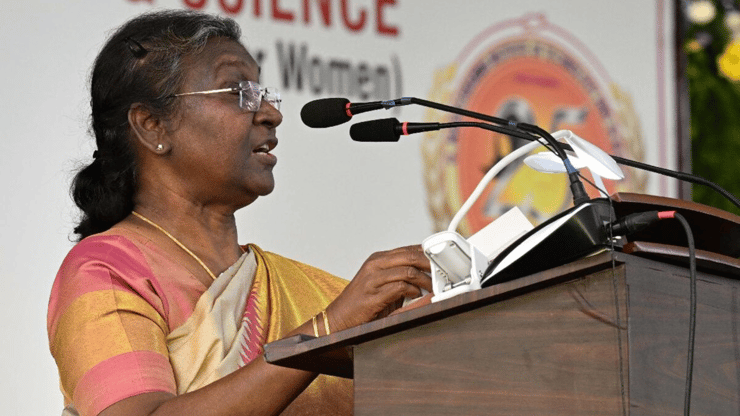President’s Visit Much More Than Diplomacy

Indian President Droupadi Murmu’s six-day tour of Timor-Leste, Fiji, and New Zealand this week marks a significant moment in India’s diplomatic endeavours in the Indo-Pacific region. As the first tribal woman to hold the highest office in the Republic of India, her visit resonates deeply with the indigenous communities in these nations, while also underscoring India’s growing strategic interests in the region. This tour is more than a ceremonial gesture; it is a clear signal of India’s commitment to its Look East policy, its increasing engagement within the Quad framework, and its intent to rejuvenate economic ties with key partners.
India’s Look East policy, initiated in the early 1990s, has evolved into a broader, more active Act East policy under Prime Minister Narendra Modi’s administration since 2014. The region has grown in importance for India, especially with the rise of the Indo-Pacific as a key geopolitical and economic theatre. President Murmu’s visit highlights India’s commitment to this region, which is critical to maintaining a free, open, and inclusive Indo-Pacific—a cornerstone of the Quad grouping, which includes the United States, Japan, Australia, and India.
Timor-Leste, Fiji, and New Zealand are integral parts of this Indo-Pacific strategy. Timor-Leste, a young nation with strategic maritime interests, is crucial for India’s outreach to Southeast Asia. Fiji, with its significant Indian diaspora, serves as a bridge between India and the South Pacific. New Zealand, a key player in the Pacific, is vital for regional stability and cooperation. By visiting these countries, President Murmu is reinforcing India’s role as a major player in the Indo-Pacific, committed to enhancing regional connectivity, security, and prosperity.
India’s increased engagement in the Indo-Pacific, particularly through the Quad, is a strategic counterbalance to China’s growing influence in the region. The Quad nations share a common vision of a rules-based order in the Indo-Pacific, and India’s active participation is crucial for this vision to materialize. President Murmu’s visit underscores India’s commitment to this partnership and its willingness to take on a more proactive role in the region.
In Fiji, where Chinese influence has grown considerably over the years, India’s engagement offers an alternative that aligns more closely with the cultural and historical ties shared between the two nations. In New Zealand, while China remains a significant trading partner, India’s renewed interest could open doors for diversified economic and strategic partnerships that are less dependent on any single nation.
One of the most significant aspects of President Murmu’s visit to New Zealand is the potential revival of long-languishing trade ties. Despite the strong historical and cultural connections between India and New Zealand, economic relations have not reached their full potential. The coalition government in New Zealand, which has shown a keen interest in improving these ties even before coming to power, now has an opportunity to build on this momentum.
New Zealand has much to gain from closer economic ties with India, particularly in sectors like technology, education, agriculture, and tourism. Conversely, India could benefit from New Zealand’s expertise in these areas, as well as its access to high-quality products and services. The presence of a large Indian diaspora in New Zealand, which forms a vibrant and influential community, adds another layer of significance to this visit. The diaspora not only serves as a bridge between the two nations but also as a catalyst for stronger economic, cultural, and political ties.
President Murmu’s humble beginnings as a member of India’s tribal community carry a special resonance in Fiji and New Zealand, both of which have significant indigenous populations. In Fiji, the indigenous iTaukei community forms the majority, while New Zealand is home to the Māori, a people with a rich cultural heritage and a history of resilience.
Murmu’s rise from a small tribal village to the highest constitutional office in India is a powerful narrative of empowerment and inclusion. This story is likely to inspire the indigenous communities in Fiji and New Zealand, particularly women, who continue to strive for greater representation and rights. Her visit could strengthen people-to-people ties by fostering a deeper understanding and solidarity between these communities.
The Indian President’s visit to Timor-Leste, Fiji, and New Zealand goes beyond mere diplomacy: India is asserting itself in the Indo-Pacific, strengthening the Quad, and reigniting vital economic ties. At the same time, her rise from humble beginnings to the presidency echoes powerfully with indigenous communities, making this trip as much about shared values as it is about strategy. India isn’t just looking East—it’s leading with intent and impact.







Leave a Comment